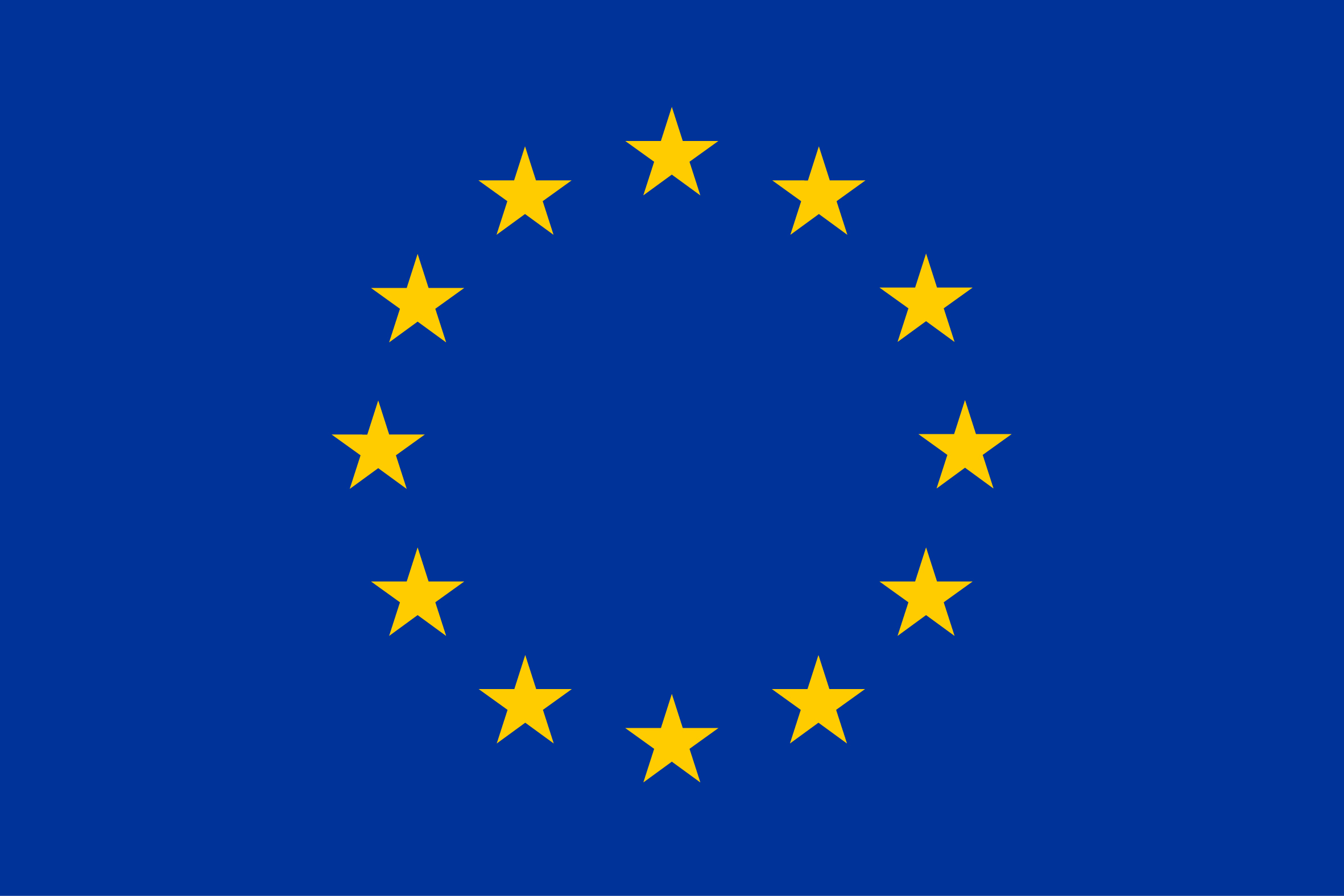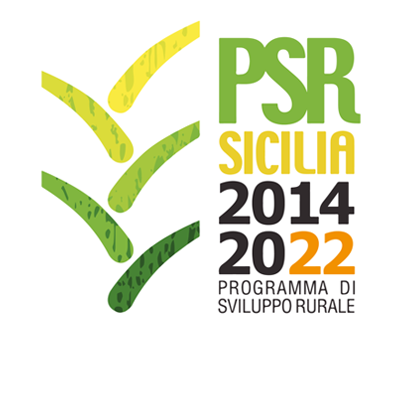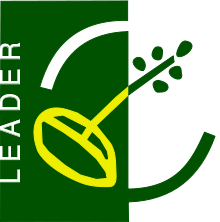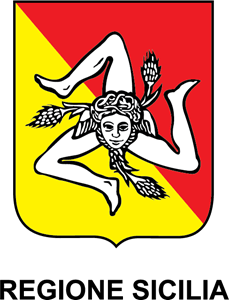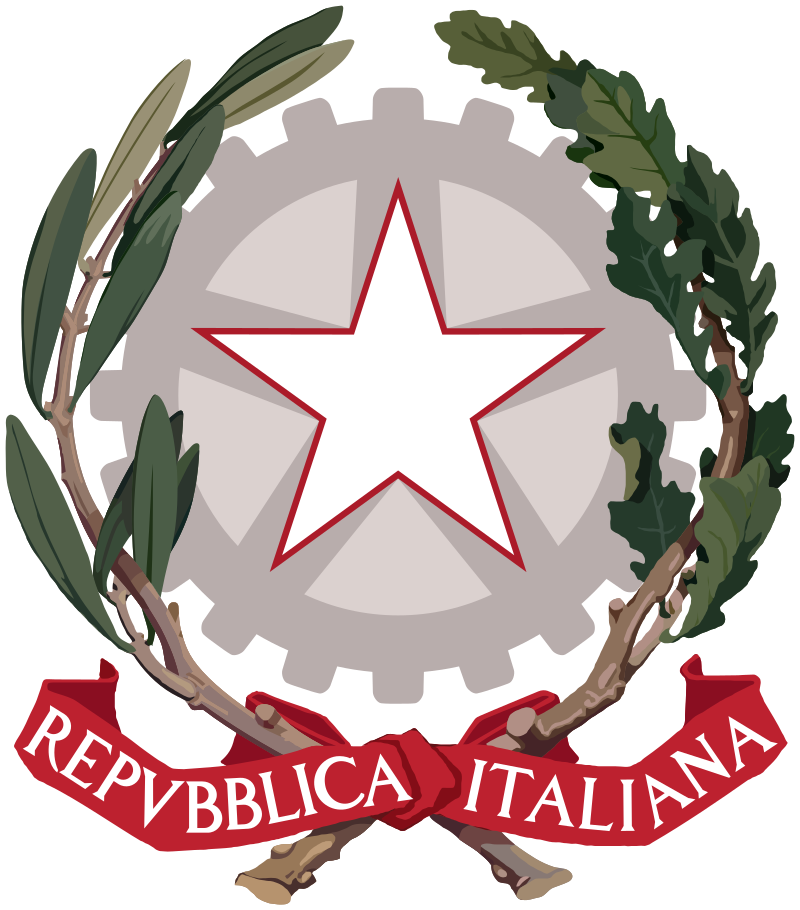Maraichine
Country
Specie
ISO3
NLD
Description
French breed, link met Nantaise/Parthenaise.
Transboundary name
Vache Maraichine
Breed classification (adaptedness)
Exotic
Breed classification (geographic)
Regional
Local cryo conservation status
No Information
Local Risk
Unknown
Detailed local risk status
Unknown
Regional Transboundary Risk (detailed)
Unknown
Maine Anjou
Country
Specie
ISO3
NLD
Language
dutch
Transboundary name
Maine-Anjou
Other name
breeding line, Dutch Friesian
Breed classification (adaptedness)
Exotic
Breed classification (geographic)
International
Number of horns males
0
Number of horns females
0
Herdbook
n
Domestication status
domestic
Taxonomic classification
Breed
Description of origin
indigenous breed
Local cryo conservation status
Not Sufficient
Local Risk
At Risk
Detailed local risk status
Critical
International Transboundary Risk detailed
Not at Risk
Lakenvelder
Country
Specie
ISO3
NLD
Language
dutch
Description
Dutch Belted cattle have a white belt. More than 25 cm. Between the shoulder and the hip. Between 126-136 cm. Horns, feet and tongue have to be pigmented. https://zeldzamerassen.nl/lakenvelderrund/de-vereniging/
Transboundary name
Dutch Belted
Other name
Dutch Belted
Breed classification (adaptedness)
Native
Breed classification (geographic)
International
Additional information
Lakenvelder population: 50% black and 50% red; semen of 10 bulls at KI Samen BV, 1100 inseminations a year and unknown number of natural matings in 2004. 1100 females and 30 males and 304 breeders in 2004.
Efabis cultural role comment
as old animal used as
Efabis cultural value
park-cattle
Adaptability to specific environment
by country-seats
Coat description
claw quality
Efabis skin colour
multi coloured: black or red with white belt
Horn shape size and comments
2
Wither height males
2
Wither height females
occurrence of rare polled animals, little volatile horns
Weight females
130.00
Domestication status
y
Taxonomic classification
1997
Description of origin
domestic
Year of origin
0
Import
indigenous original Dutch Belted (Lakenvelder)
Location within country
In 1772 this breed was already described. In 1950 the breed was almost extinct. No herd book meant no sires to use.
Local cryo conservation status
5-20% Belted Galloway imported from United Kingdom since 1960: 5-20% Dutch Belted imported from USA since 1979
Local Risk
country-wide
Detailed local risk status
Sufficient
Regional Transboundary Risk (detailed)
At Risk
International Transboundary Risk detailed
Endangered maintained
Longhorn
Country
Specie
ISO3
NLD
Language
ger.
Transboundary name
Longhorn
Breed classification (adaptedness)
Exotic
Breed classification (geographic)
International
Number of horns males
0
Number of horns females
0
Herdbook
n
Domestication status
domestic
Taxonomic classification
Breed
Description of origin
imported
Local cryo conservation status
No Information
Local Risk
At Risk
Detailed local risk status
Critical
International Transboundary Risk detailed
Vulnerable
Limousin
Country
Specie
ISO3
NLD
Language
fr.
Description
Limousin is beef breed, originally from France.
Transboundary name
Limousin
Breed classification (adaptedness)
Exotic
Breed classification (geographic)
International
Number of horns males
0
Number of horns females
0
Herdbook
y
Domestication status
domestic
Taxonomic classification
Breed
Description of origin
imported
Local cryo conservation status
Not Sufficient
Local Risk
At Risk
Detailed local risk status
Endangered
International Transboundary Risk detailed
Not at Risk
Jersey
Country
Specie
ISO3
NLD
Language
eng.
Transboundary name
Jersey
Breed classification (adaptedness)
Exotic
Breed classification (geographic)
International
Number of horns males
0
Number of horns females
0
Wither height females
125.5
Herdbook
y
Domestication status
domestic
Taxonomic classification
Breed
Description of origin
imported
Local cryo conservation status
Not Sufficient
Local Risk
At Risk
Detailed local risk status
Vulnerable
International Transboundary Risk detailed
Not at Risk
Holstein Friesian roodbont
Country
Specie
ISO3
NLD
Language
nl
Description
98% of Dutch dairy cattle is Holstein. In 1975 1,2% of all AI was from this breed, in 1980 10,7% and in 1984 already 44,9%.
Transboundary name
Holstein (red and white)
Breed classification (adaptedness)
Native
Breed classification (geographic)
International
Wither height females
144.6
Herdbook
y
Domestication status
domestic
Taxonomic classification
Breed
Local cryo conservation status
Sufficient
Local Risk
Not at Risk
Detailed local risk status
Not at Risk
International Transboundary Risk detailed
Not at Risk
Holstein Friesian (zwartbont)
Country
Specie
ISO3
NLD
Language
dutch
Description
98% of Dutch dairy cattle is Holstein. In 1975 1,2% of all AI was from this breed, in 1980 10,7% and in 1984 already 44,9%.
Transboundary name
Holstein (black and white)
Other name
Holstein Friesian
Breed classification (adaptedness)
Native
Breed classification (geographic)
International
Additional information
In the Netherlands Holstein Friesian is the main cattle breed.
Special characteristic of product
This breed is known for the high milk production.
Color comments
Black and white or Red and White
Number of horns males
2
Number of horns females
2
Horn shape size and comments
Most horns are removed. There are some polled cattle.
Wither height females
145
Other specific visible traits
milk type
Herdbook
y
Herdbook established
1984
Domestication status
domestic
Taxonomic classification
Breed
Description of origin
composite of Dutch Friesian (Netherlands) and Holstein-Friesian (USA and Canada).
Import
since 1970, from Holstein-Friesian (USA)
Location within country
country-wide
Local cryo conservation status
Sufficient
Local Risk
Not at Risk
Detailed local risk status
Not at Risk
International Transboundary Risk detailed
Not at Risk
Holland Dexter
Country
Specie
ISO3
NLD
Language
eng.
Transboundary name
Dexter
Breed classification (adaptedness)
Exotic
Breed classification (geographic)
International
Efabis main colour
One colour: black, brown or dun
Number of horns males
2
Number of horns females
2
Wither height males
110
Wither height females
100
Weight males
500.00
Weight females
325.00
Other specific visible traits
miniature
Herdbook
y
Domestication status
domestic
Taxonomic classification
Breed
Description of origin
imported from Ireland
Local cryo conservation status
No Information
Local Risk
At Risk
Detailed local risk status
Critical
International Transboundary Risk detailed
Not at Risk
Heck
Country
Specie
ISO3
NLD
Description
Around 1930 created by crossings of several primitive breeds to look like the original
Transboundary name
Oerrund
Other name
. The Heck looks like the original breed but is a lot smaller.
Breed classification (adaptedness)
Heck cattle
Additional information
Exotic
Additional information comments
Regional
Horn shape size and comments
0
Wither height males
0
Wither height females
long horns
Domestication status
n
Description of origin
wild
Year of origin
0
Import
created bact from different breeds
Detailed local risk status
No Information
Regional Transboundary Risk (detailed)
Unknown
International Transboundary Risk detailed
Unknown
